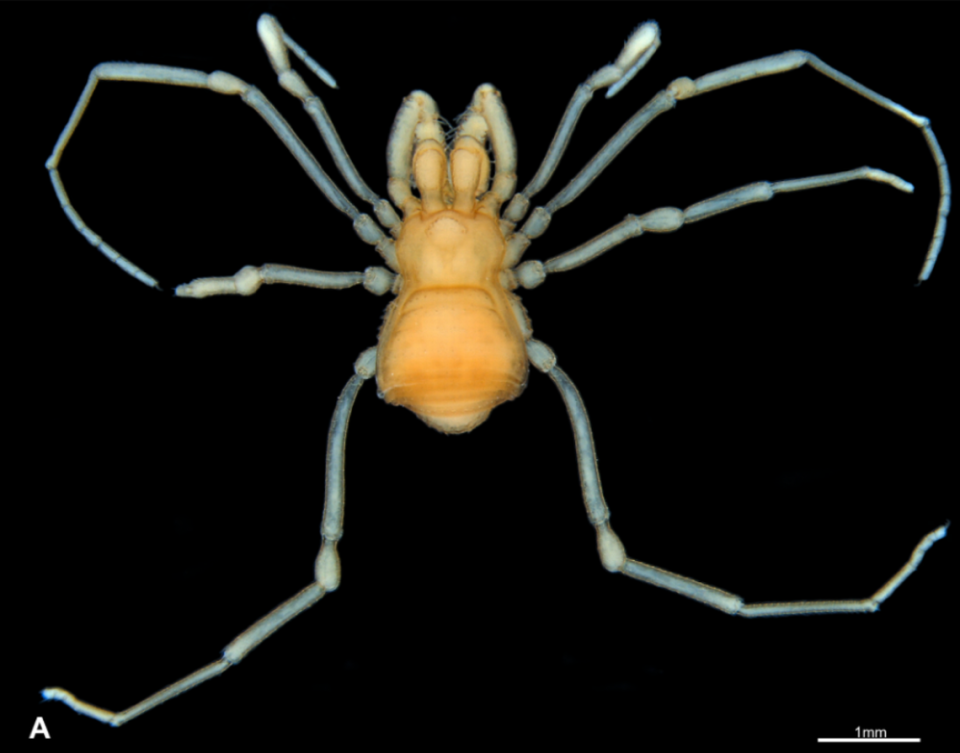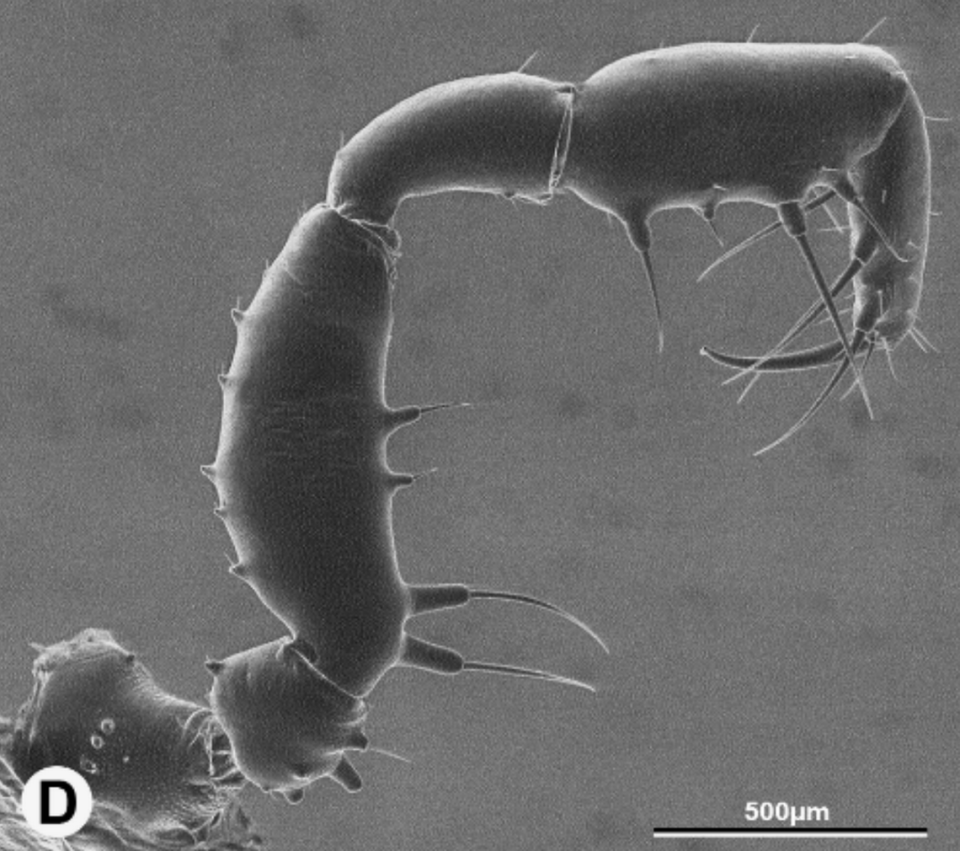Bristly creature found in Brazil cave — and named after Lord of the Rings character
Inside of a cave in Brazil, researchers spotted a previously unknown type of spider distinguished by its bristly body and a peculiar defense mechanism.
The newfound species — fittingly named after a subterranean character from “The Lord of the Rings” — is described in a study published in January in the European Journal of Taxonomy.
Measuring only 2 millimeters, or about 0.08 inches, long, the eight-legged creature was discovered during a survey of the Gruta Natal Cave, located in the northeastern Brazilian state of Bahia.

It has an “hourglass-shaped” body, “droplet-like pegs” protruding from its legs and two small eyes.
Notably, it engages in thanatosis, the scientific word for playing dead. The spider employs this mechanism when threatened, researchers said.
It was grouped into the genus Spaeleoleptes, a poorly understood family of cave-dwelling spiders in Brazil that was previously only known to contain one species. Now, after 56 years, it has been expanded to contain the newfound Gruta Natal Cave spider.

Interestingly, the spider was named after Gimli, a fictional dwarf, from J.R.R. Tolkien’s “The Lord of the Rings.”
“This name was chosen because in Tolkien’s novel the dwarves are a race associated with mining and have a strong admiration for caves,” researchers said.
“The intention of the specific name is to make a metaphorical association with the close relationship of this species with its subterranean habitat,” researchers added.
Tolkien has proved to be a popular source when naming newfound creatures — with an Ecuadorian frog discovered in February named in his honor.
Despite a thorough search in other parts of Bahia, the Gimli spider has thus far only been found inside the Gruta Natal Cave, indicating it has an extremely limited range.
The species is likely affected by water pollution and deforestation occurring near the cave, researchers said.
“We recommend special attention for monitoring this highly specialized and endemic population whose protection should be prioritized,” researchers said. “Troglobites are fragile and threatened species, most of them included in regional and global IUCN Red-Lists.”
Worldwide, there are approximately 1,000 known species of cave-dwelling spiders, according to a 2017 study published in the journal Biological Sciences.
Their small range and physiological specialization puts them at an elevated risk of extinction, per the study.
Medieval ship sank 600 years ago near Norway. Now some of its mysteries are uncovered
Rare silver coin — lost more than 400 years ago — unearthed from Poland war cemetery
‘Cryptic’ sea creature — covered in odd-shaped growths — discovered as new species

